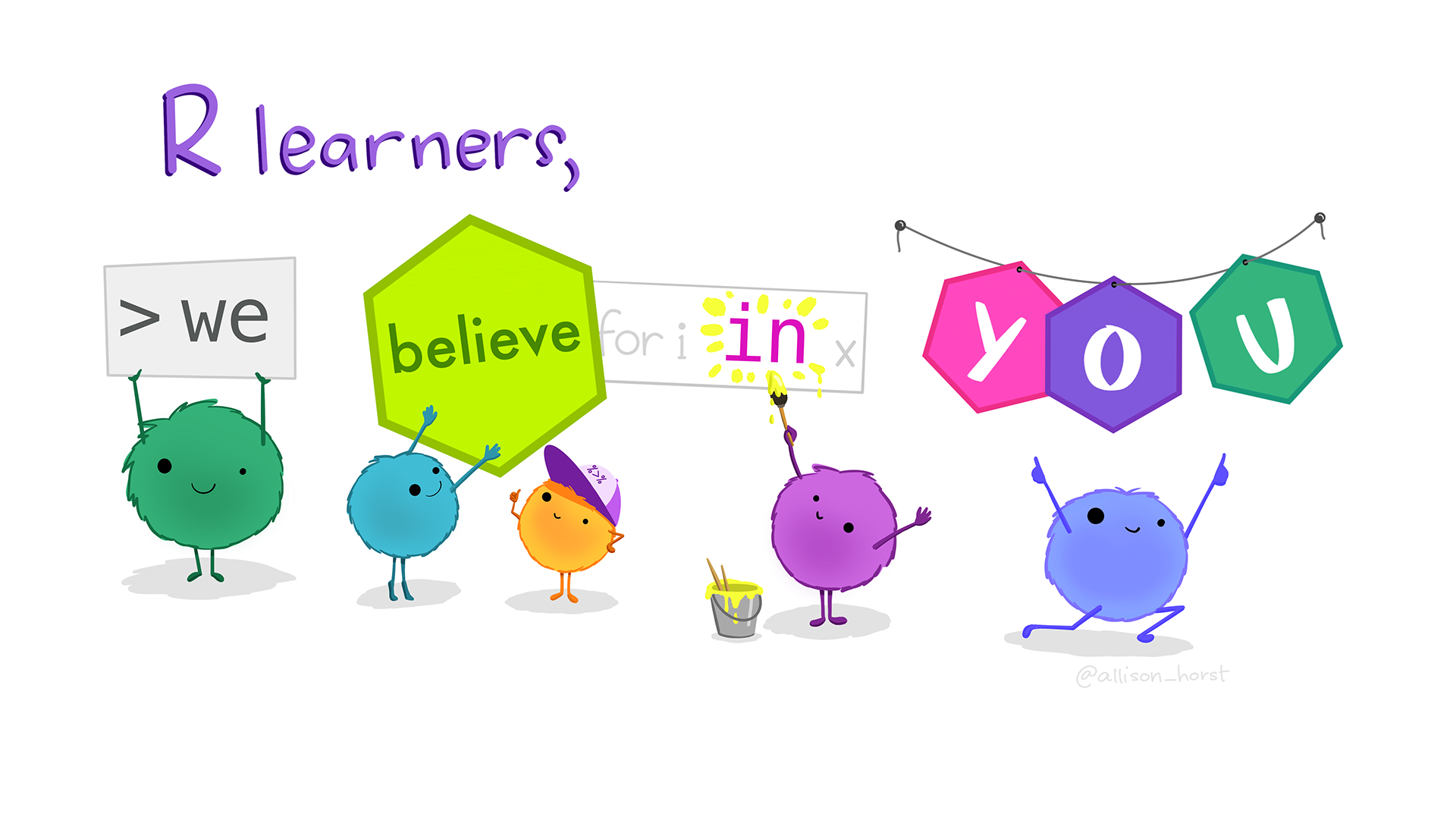It does not matter if you are working in the lab gathering your own data, or working with data you have inherited from someone else. In both cases, you will need to perform explorative data analysis like descriptive statistics (mean, median, quartiles, standard deviation), and you will have to show the results in a concise form to your supervisor and peers. Programs like R and Python will allow you to do it. In this course I will give you the basics your will need to start to analyze your data and visualize it using R and RStudio. You will learn about concepts like tidy data, how to show your data in an honest way, and the importance of R in applying FAIR data concepts part of Open Science and reproducibility.
This is an absolute beginners course. During the course you will use one of my experimental datasets and discover what my data is telling us. Then you can apply every single concept to your own data.
Requirements:
- Hardware: A computer 64-bit architecture and minimum 8 GB RAM. Minimum processor Intel i3 (or AMD equivalent) , a internet connection, a camera and a microphone (online course).
- Software: R and RStudio (an e-mail will be sent to you before the course guiding your through the installation). Optional for Windows users: WSL Linux Debian. Git. Disclaimer: Although all programs and packages we will be using are open source and come from reliable sources, neither I nor the University can be hold responsible for any computer damages while installing and using the software we recommend to use in this course.
- Conditions: R is a programming language. This means, a steep learning curve, and the need to practice at home. Homework is a way to guide you while exploring R in a structured way, and it is a way for me to know which concepts we need to reinforce during the course. Therefore, all homework is mandatory , and together with a final practical exam, part of the requirements to pass the course.
Image from Allison Horst (https://allisonhorst.com/)

- KursmanagerIn (erweitert): Luisa Fernanda Jimenez Soto